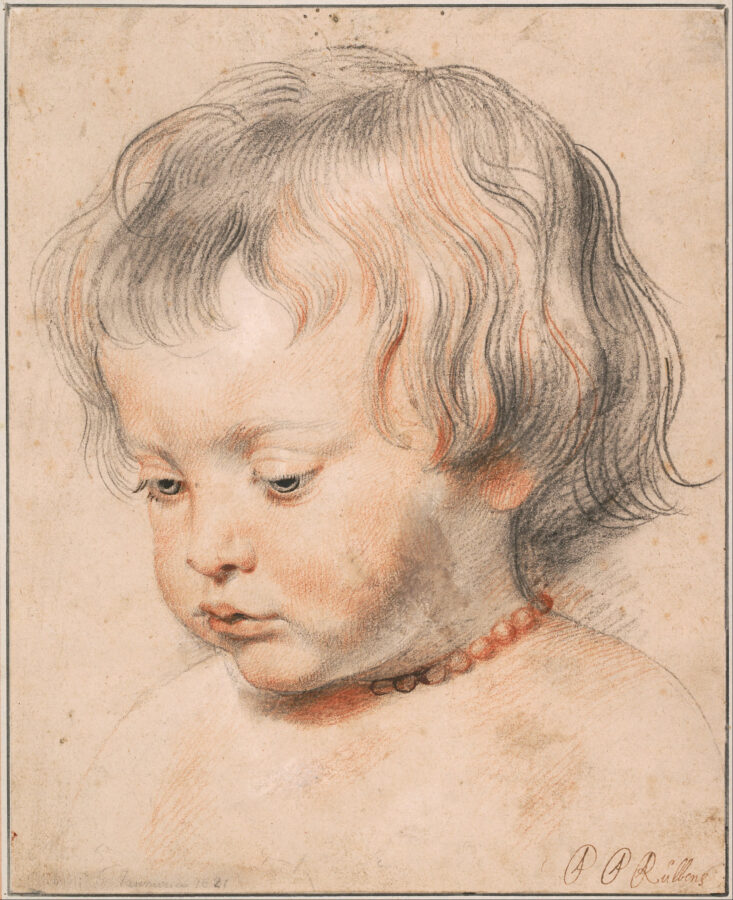The CODART Canon
100 Masterpieces
of Dutch and Flemish art (1350 – 1750)
CODART Canon





100 Masterpieces
of Dutch and Flemish art (1350 – 1750)
CODART Canon
Dutch and Flemish art (1350 – 1750)